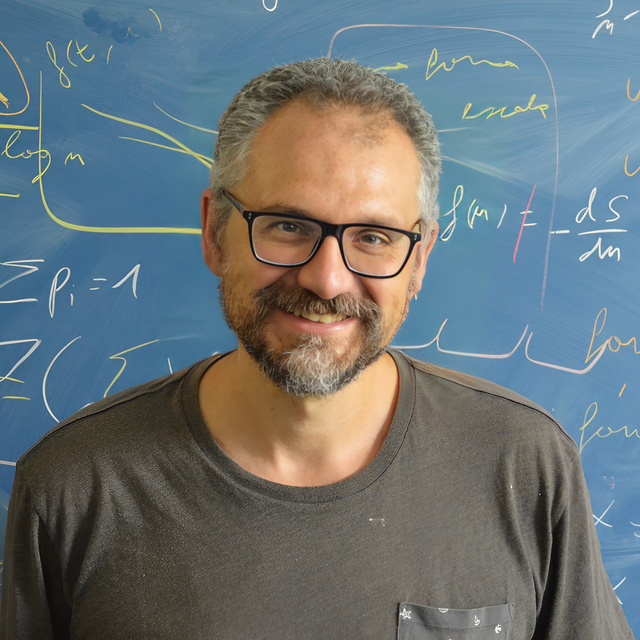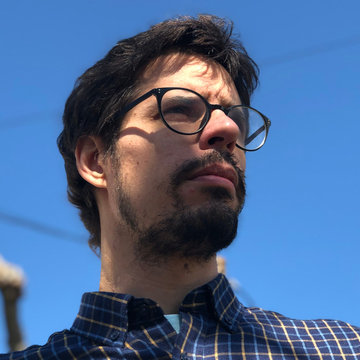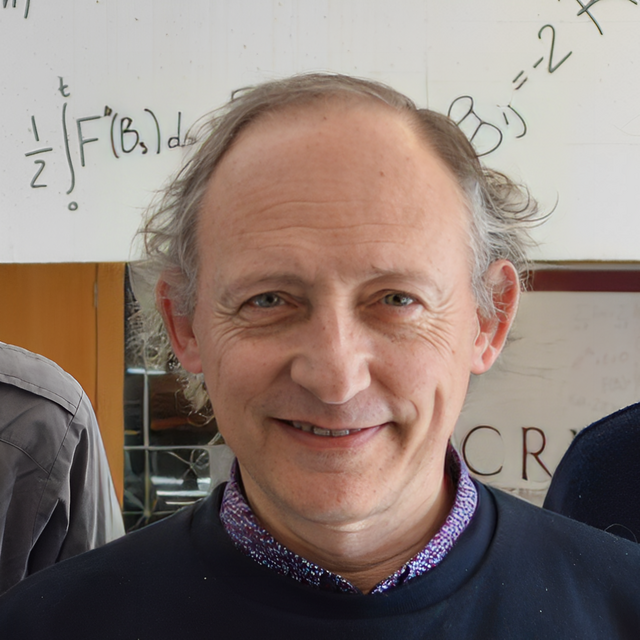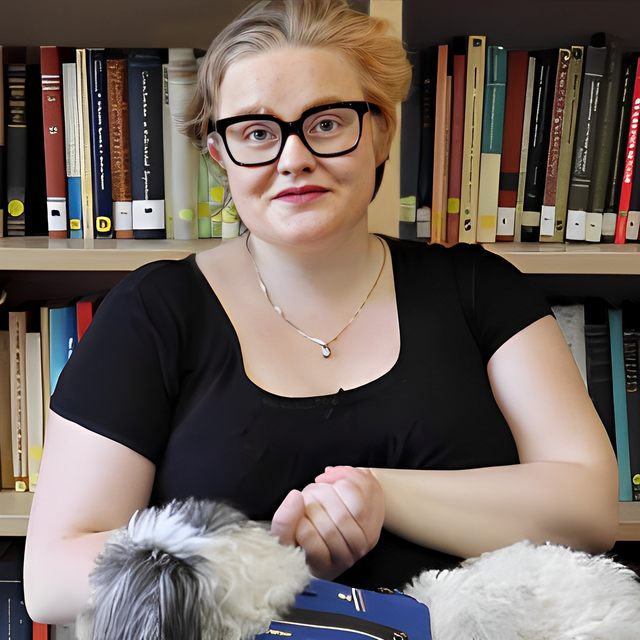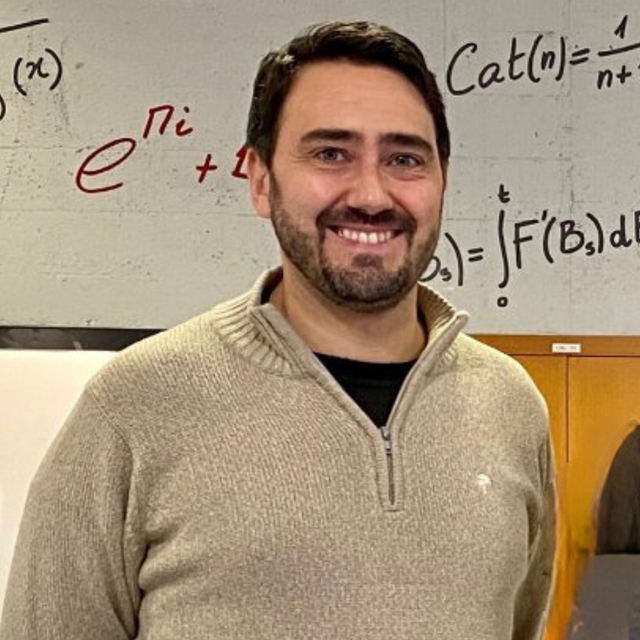introduction
Our goal is to use mathematical and statistical techniques to deal with natural hazards and tackle environmental challenges, including issues from the forecasting of extreme weather events to carbon capture. Extreme natural hazards are a great societal problem, not only in underdeveloped countries, and are negatively affected by climate change. Their physics is poorly understood, and a lack of reliable statistics hinders risk assessment or identification of signatures of climate change. We will address the study of atmospheric and oceanic phenomena enhancing sub-seasonal predictability of weather events, and in particular their extremes. In a broader context, we will perform different statistical analysis of natural-hazard occurrence.
Tackling environmental challenges is this generation’s defining task (EC Green Deal 2020). One such challenge, holding global warming to 2°C, can only be achieved through the extraction of greenhouse gases and emission reductions, among others. A toxic free environment requires the removal of a multitude of contaminants. We will focus on topics related to the elimination of pollutants, including the removal of environmental contaminants such as C02, volatile organic compounds and pharmaceuticals via adsorption techniques, the role of green roofs and also the use of direct absorption solar cells.
members
postdoctoral researchers


